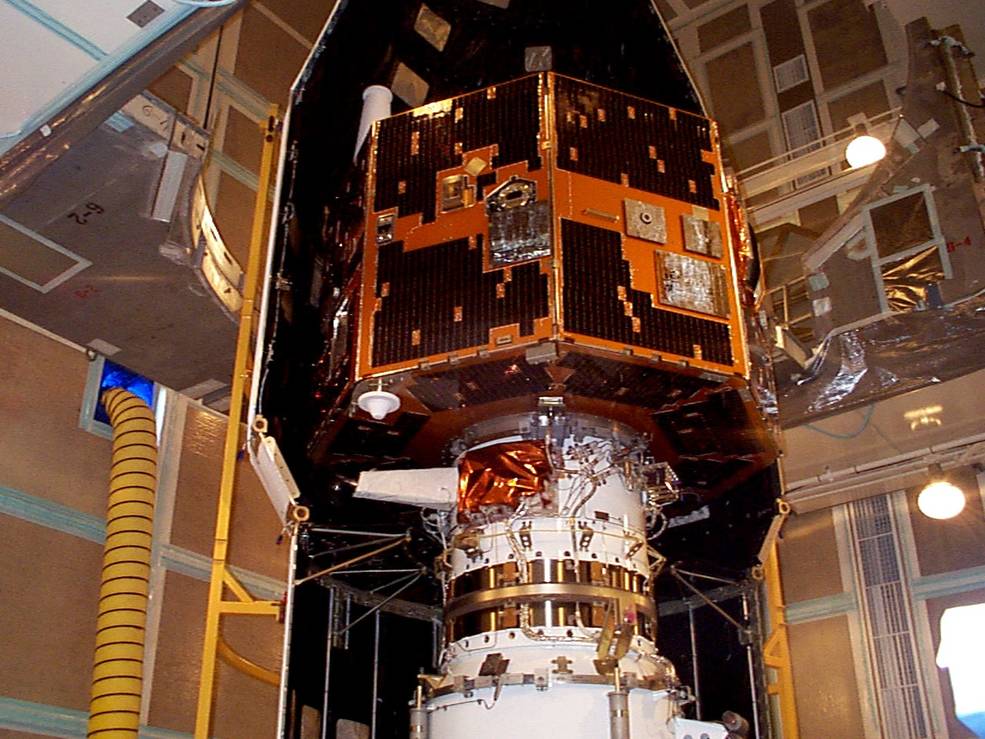And NASA lost track of it. Like all NASA missions, they can never say failure so even though it only did one thing they declared it worth the $150 million.
But an amateur astronomer named Scott Tilley found it while looking for a different satellite NASA lost - he likes to listen in on spy satellites - and after an identity scan using ‘strf’ (sat tools rf) he saw the signal was from 2000-017A, 26113, and declared it to be IMAGE. Then NASA chimed in agreeing with what he had already shown to be true. Now NASA is hoping they can get something from it. The obstacles are just what you expect for a government agency. The operating system is no longer official protocol, nor the database, and the paperwork to find it is overwhelming. But they have already been able to get some basic housekeeping information from it so they know it has something functional in there.

The IMAGE spacecraft undergoing launch preparations in early 2000. Credits: NASA





Comments